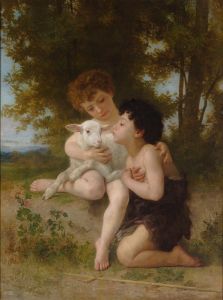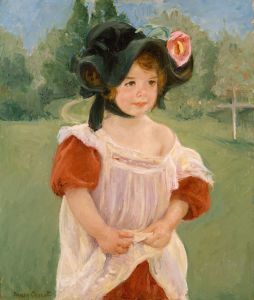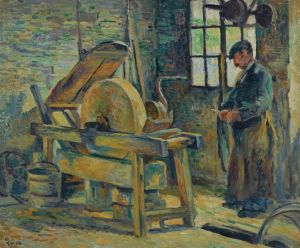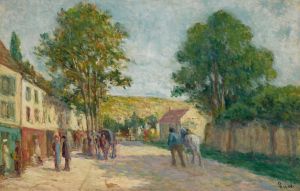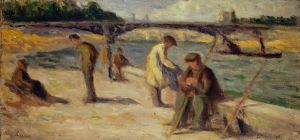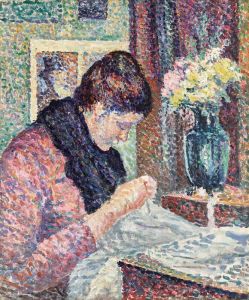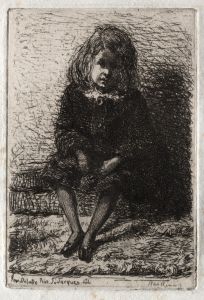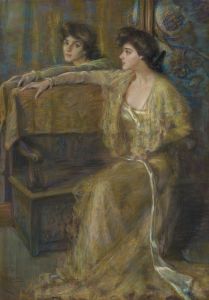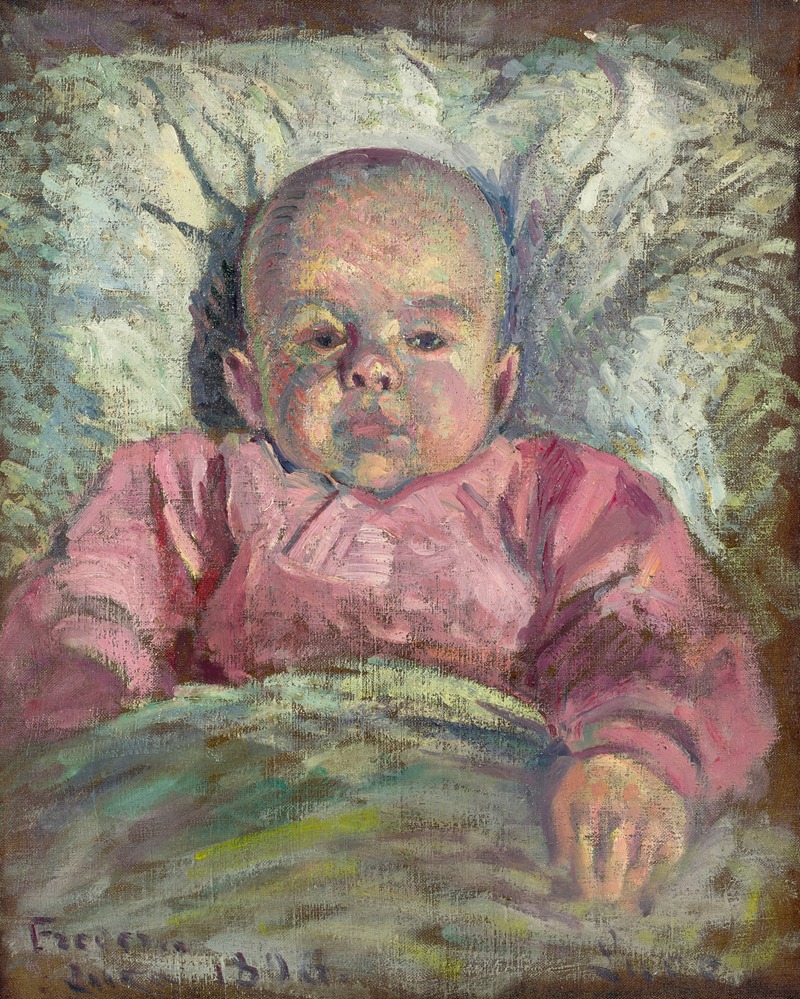
Portrait de Frédéric Luce, Bébé
A hand-painted replica of Maximilien Luce’s masterpiece Portrait de Frédéric Luce, Bébé, meticulously crafted by professional artists to capture the true essence of the original. Each piece is created with museum-quality canvas and rare mineral pigments, carefully painted by experienced artists with delicate brushstrokes and rich, layered colors to perfectly recreate the texture of the original artwork. Unlike machine-printed reproductions, this hand-painted version brings the painting to life, infused with the artist’s emotions and skill in every stroke. Whether for personal collection or home decoration, it instantly elevates the artistic atmosphere of any space.
Maximilien Luce was a French Neo-Impressionist artist known for his paintings, illustrations, and engravings. Born in Paris in 1858, Luce became associated with the Neo-Impressionist movement, which was characterized by the use of pointillism—a technique involving the application of small, distinct dots of color to form an image. Luce's works often depicted scenes of everyday life, landscapes, and portraits, capturing the essence of the late 19th and early 20th centuries.
One of Luce's notable works is "Portrait de Frédéric Luce, Bébé," which translates to "Portrait of Frédéric Luce, Baby." This painting is a portrait of Luce's son, Frédéric, as a baby. The artwork exemplifies Luce's skill in capturing intimate and personal moments, showcasing his ability to convey emotion and character through his brushwork and use of color.
The painting is a fine example of Luce's portraiture, highlighting his attention to detail and his ability to render the delicate features of a child. The use of light and shadow in the painting adds depth and dimension, bringing the subject to life. Luce's choice of colors is both vibrant and subtle, reflecting the innocence and purity associated with infancy.
Maximilien Luce's work was heavily influenced by his political beliefs. He was an anarchist and often depicted the working class and social issues in his art. However, in "Portrait de Frédéric Luce, Bébé," the focus is on the personal and familial, offering a glimpse into the artist's private life. This painting stands out as a tender representation of his son, capturing a moment of tranquility and affection.
Throughout his career, Luce was associated with other prominent artists of his time, including Georges Seurat and Camille Pissarro. He was a member of the Société des Artistes Indépendants, an organization that promoted independent art and provided a platform for artists to exhibit their work without the constraints of traditional art institutions.
Luce's contributions to the Neo-Impressionist movement were significant, and his works continue to be celebrated for their technical mastery and emotional depth. "Portrait de Frédéric Luce, Bébé" is a testament to his versatility as an artist, demonstrating his ability to move seamlessly between different subjects and styles while maintaining a distinct and recognizable artistic voice.
The painting is part of a broader body of work that reflects Luce's commitment to capturing the human experience, whether through the lens of social commentary or personal reflection. His portraits, in particular, reveal a sensitivity to the nuances of human expression and a dedication to portraying his subjects with honesty and empathy.
Maximilien Luce's legacy as a Neo-Impressionist artist endures, with his works held in various collections and museums around the world. "Portrait de Frédéric Luce, Bébé" remains a cherished piece, offering insight into the artist's life and the tender moments he shared with his family.





